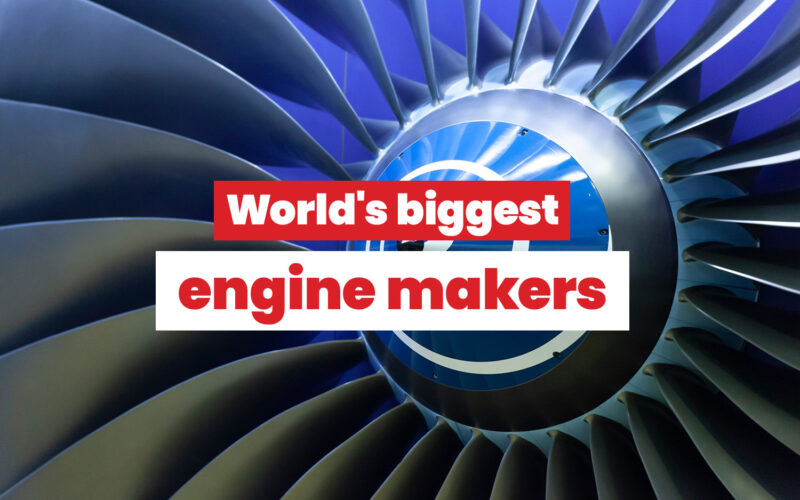While commercial aircraft manufacturing is dominated by two big players, Boeing and Airbus, the engine industry has a similarly small playing field. Four big companies make up 99% of the global aero engine market – Rolls-Royce, Pratt & Whitney, CFM International and General Electric.
Of the four, CFM holds the largest market share, closely followed by Pratt & Whitney. General Electric and Rolls-Royce have smaller shares overall, but dominate in the widebody market.
We take a look at these behemoths of aerospace engines and the powerplants they produce.
CFM International
CFM International is a joint venture between General Electric (GE) Aerospace and Safran Aircraft Engines. The company name is derived from the designations of the engines produced by the parent companies – the CF series from GE and the M series from Safran (formerly Snecma).
Founded in 1974, the partnership was to support and build the CFM56 engine, a high-bypass turbofan engine with low noise, reduced maintenance, and minimal fuel consumption. The engine first ran in 1974, but by 1979, CFM had not received a single order and was days away from being dissolved.
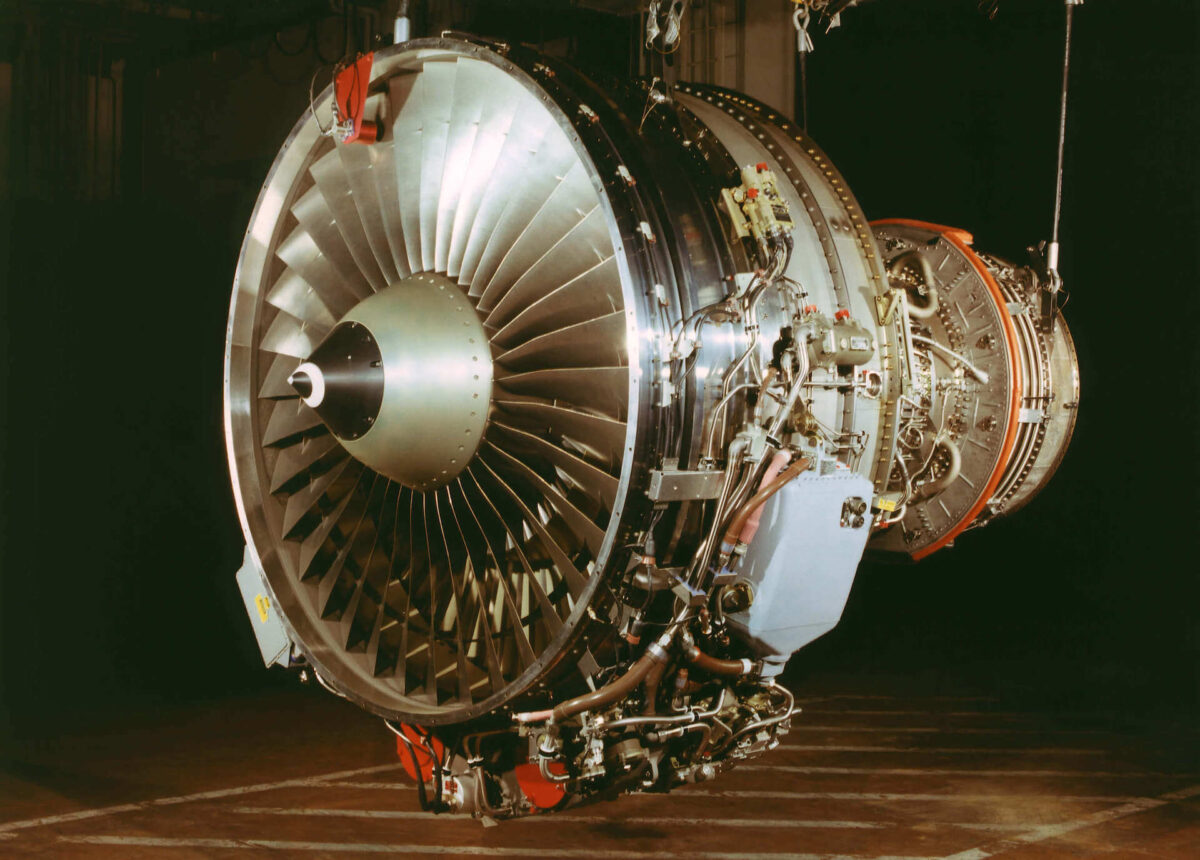
Rescue arrived in the form of Delta, United, and Flying Tigers, who chose the CFM56 to re-engine their Douglas DC-8s under the Super 70 program. The same engine was selected to re-engine the Boeing 737 Classic and then to re-engine the KC-135 tanker fleet for the USAF.
Despite its rocky start, the CFM56 has become the world’s best-selling jet engine, with more than 33,000 units delivered to more than 600 operators worldwide. Since launch, the engine has powered over a billion flight hours.
To succeed the CFM56, the company began working on the LEAP (Leading Edge Aviation Propulsion) engine in 2008. The engine took its first run in 2013, and its first flight in 2014 using GE’s 747-400 flying testbed.
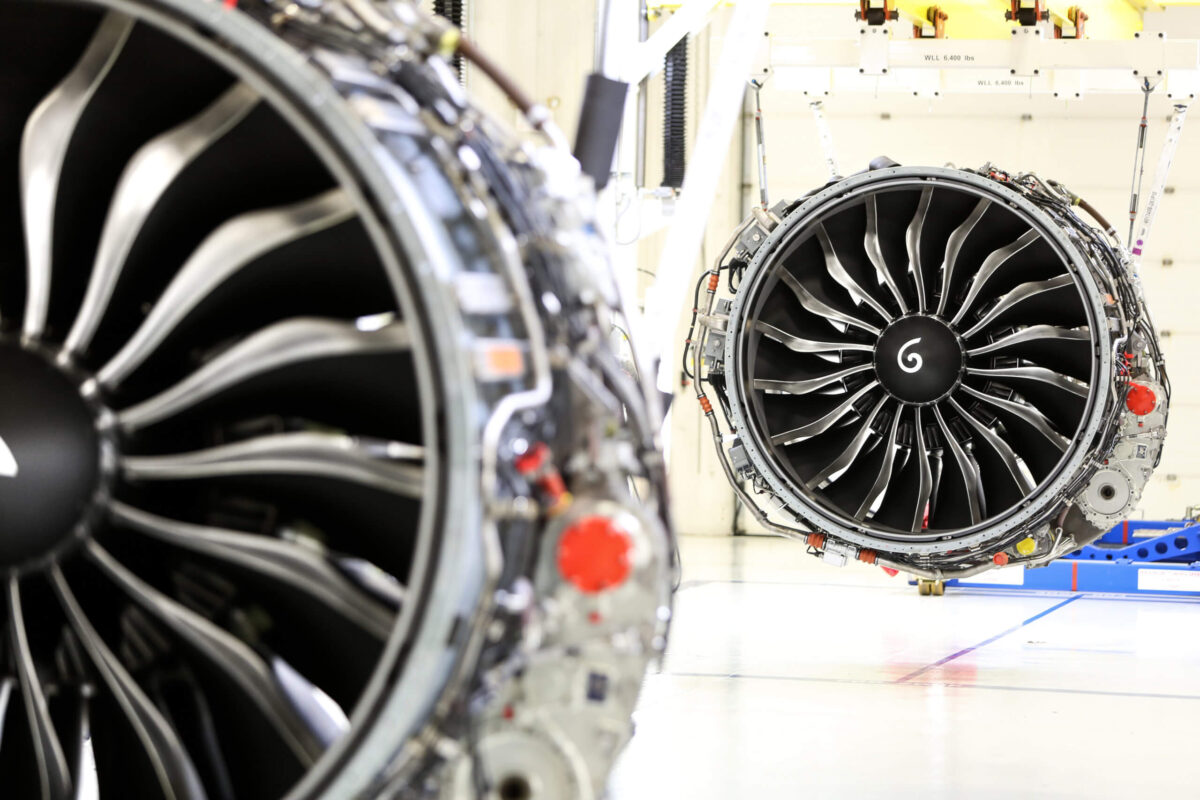
The LEAP has become the only engine option for Boeing’s 737 MAX family, and one of two options for the Airbus A320neo family. It also powers the world’s newest clean-sheet narrowbody, the COMAC C919.
According to the CAPA Fleet Database, 72% of the world’s active narrowbody fleet is powered by CFM engines. Its next nearest competitor, Pratt & Whitney, powers just 25% of the active narrowbody fleet.
Pratt & Whitney
Pratt & Whitney (P&W) is a storied institution with a century-long legacy in aviation. From the early successes of the Wasp and Hornet engines to the introduction of the industry’s first Geared Turbofan powerplant, this historic US company continues to set the bar in propulsion technology.
Today, at least 13,000 Pratt & Whitney large commercial engines have been installed, and across its product range, more than 85,000 engines are in service. P&W products can be found on everything from widebody commercial aircraft to fighter jets and even cruise missiles.
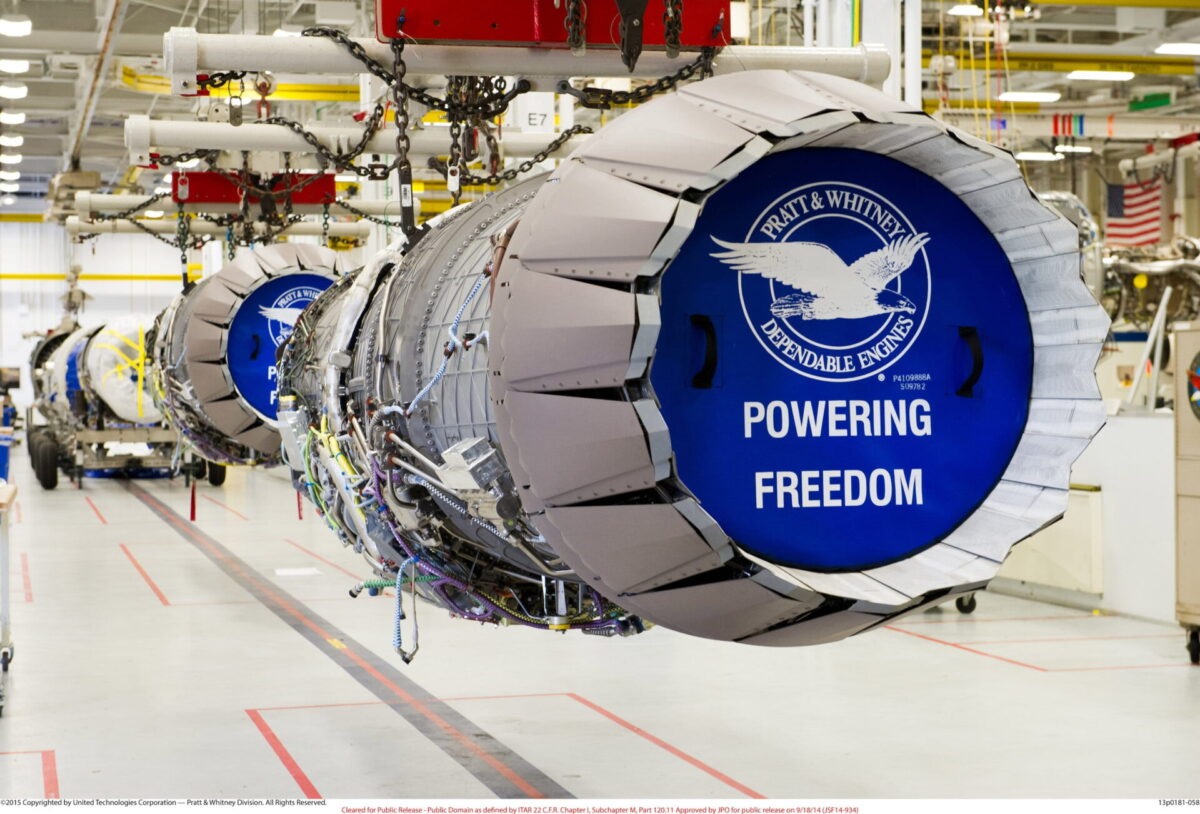
One of the most groundbreaking developments from P&W is its GTF engine, the industry’s only commercially available modern geared propulsion system. Also known as the PW1000G, it’s the primary propulsion option for the Embraer E2 and the Airbus A220, and an option for the A320neo family and MC-21.
Pratt & Whitney claims that the GTF offers fuel and CO2 savings of up to 20% and noise reduction of up to 75%. It’s in service on more than 2,000 aircraft across 80-plus operators and has an outstanding order book of 11,000 more engines.
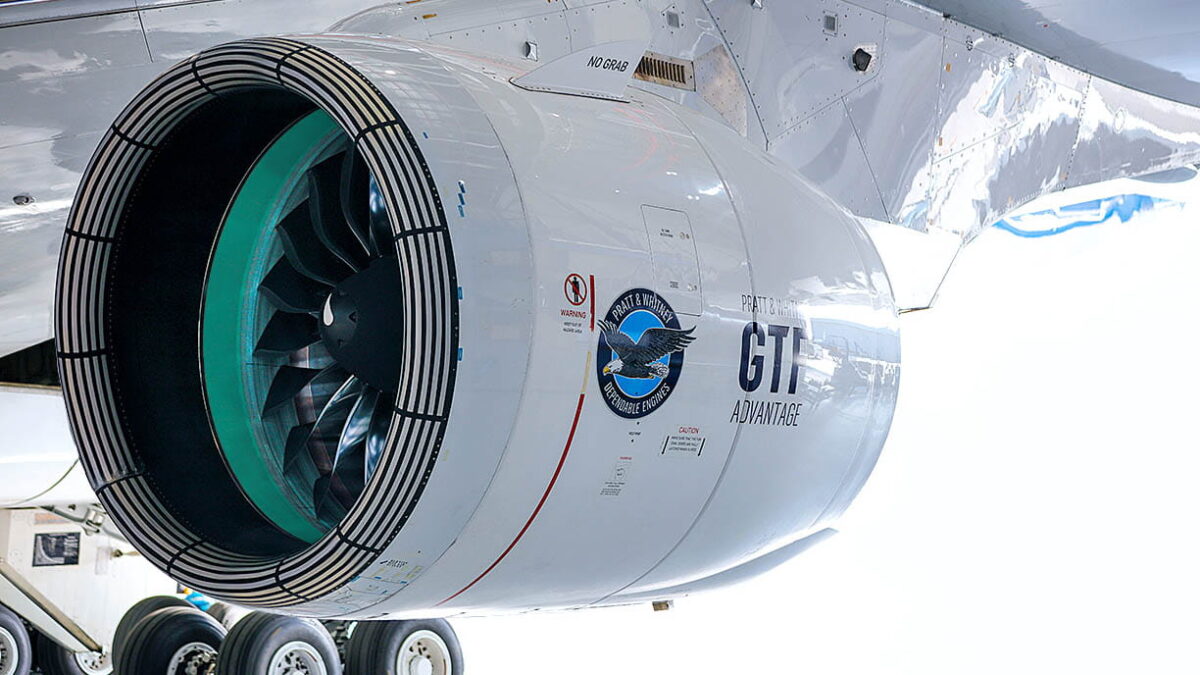
However, problems with the GTF’s reliability have seen P&W launch a widespread inspection campaign, leading to around a third of the active fleet being grounded at any one time. In all, up to 700 PW1100G engines needed to be removed, a task that will take until 2026 to complete. The fallout has seen airlines blaming P&W for lower-than-expected profits and even canceling flights as they struggle with capacity.
P&W has partnered with other companies to develop engines together. Under the International Aero Engines joint venture, it joined with MTU Aero Engines and Japanese Aero Engine Corporation to develop the V2500 turbofan. With GE, it went in 50/50 on the Engine Alliance joint venture to develop the GP7000 for the Airbus A380.
General Electric
General Electric (GE) has a legacy that goes back even further than Pratt & Whitney, dating back to the early 1900s when it was known for its work on steam turbines. The company became a world leader in turbosuperchargers just before World War II and was instrumental in the development of the jet engine through the 1940s. This led to the launch of the TF39 in the 1960s, designed to power the C-5 Galaxy, and a civilian variant, the CF6, which ended up on various airframes including the A330 and Boeing 747.
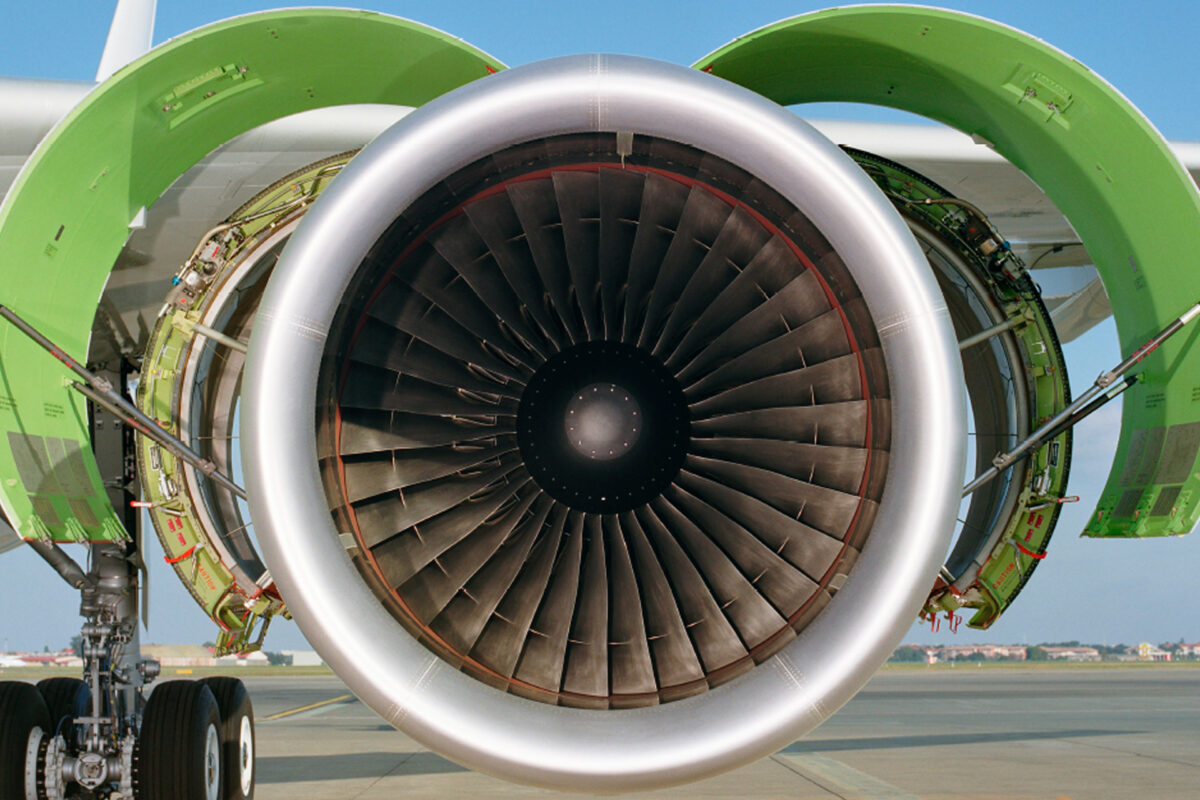
Modern-day GE has a solid book of products, most notably being the exclusive engine supplier for the Boeing 777 and the 747-8. It provides one of two engine options for the Boeing 787 Dreamliner and is the sole provider for the MQ-25 Stingray, the US Navy’s unmanned refueling aircraft.
Of the equipped in-service fleet, 52% of widebody aircraft fly with GE engines. In terms of backlog, GE engines have been specified for 54% of new widebody orders.
Boeing’s newest aircraft, the 777X, flies exclusively with GE’s GE9X engine, the largest and most powerful commercial aircraft engine ever built. It holds the Guinness World Record for its powerful thrust, measured at 134,300 lbs (597 kN).
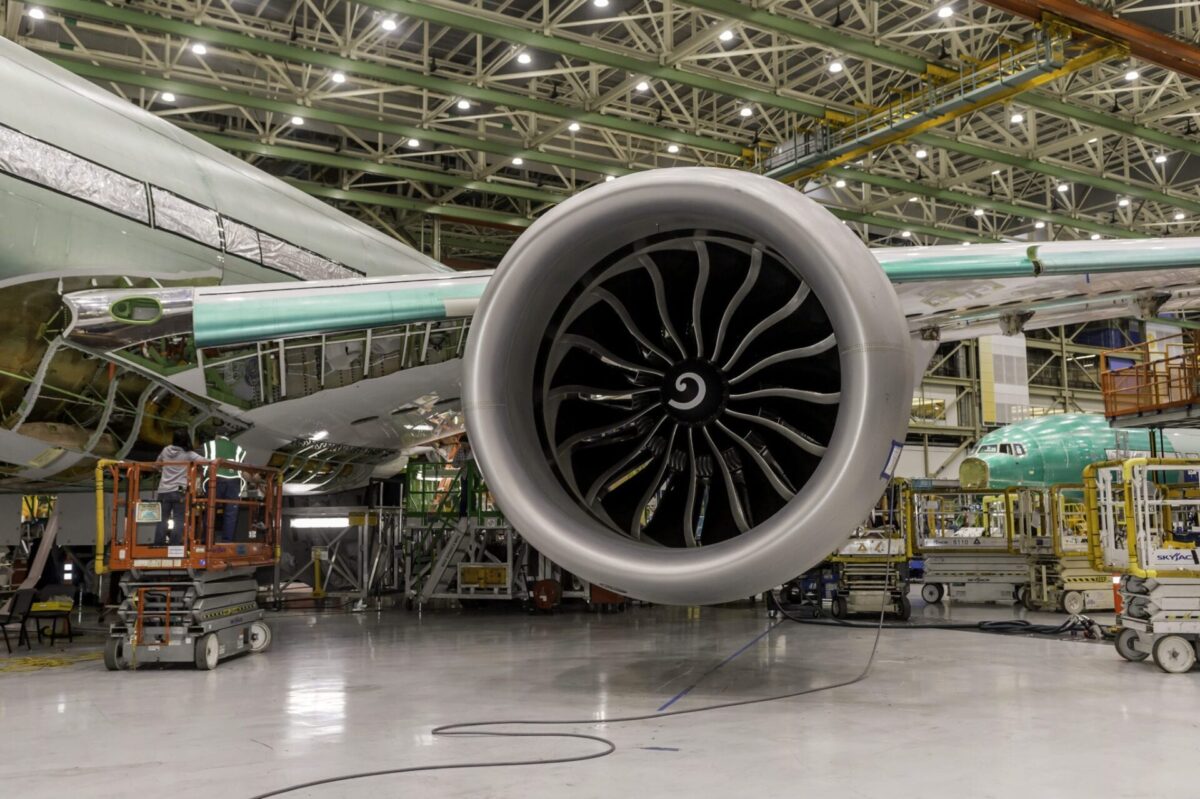
Although GE has a relatively small market share, it’s important to remember that it is a 50% participant in the CFM International joint venture, alongside Safran.
Rolls-Royce
If Pratt & GE are icons of the US aerospace industry, Rolls-Royce is their European equivalent. Its first aero-engine, the Eagle, was completed in 1915, quickly followed by the Hawk and the Falcon. Around half the aircraft engines used by allies in World War I were made by Rolls-Royce.
By the 1950s, the Rolls-Royce Dart and Tyne turboprop engines were enabling airlines to cut journey times in their Friendships, Vanguards, and Viscounts. At the same time, the company furthered the jet propulsion work of engineer Frank Whittle, culminating in the Welland, the first jet engine to enter military service.
Over the years, Rolls-Royce has developed many of the engines that have shaped modern aviation as we know it. Its Trent engine series has powered everything from the Airbus A380 to the Boeing 787, and its Trent XWB is the exclusive powerplant for the Airbus A350. The company even manufactured the engines for Concorde.
Rolls-Royce was particularly hard-hit during the pandemic, as revenue from widebody engine maintenance dried up. It shed 7,000 staff out of a workforce of 19,000 and changed CEO, but returned to profitability in 2024. Its engines power 33% of the world’s widebody fleet, and have 46% of the order backlog for widebodies.
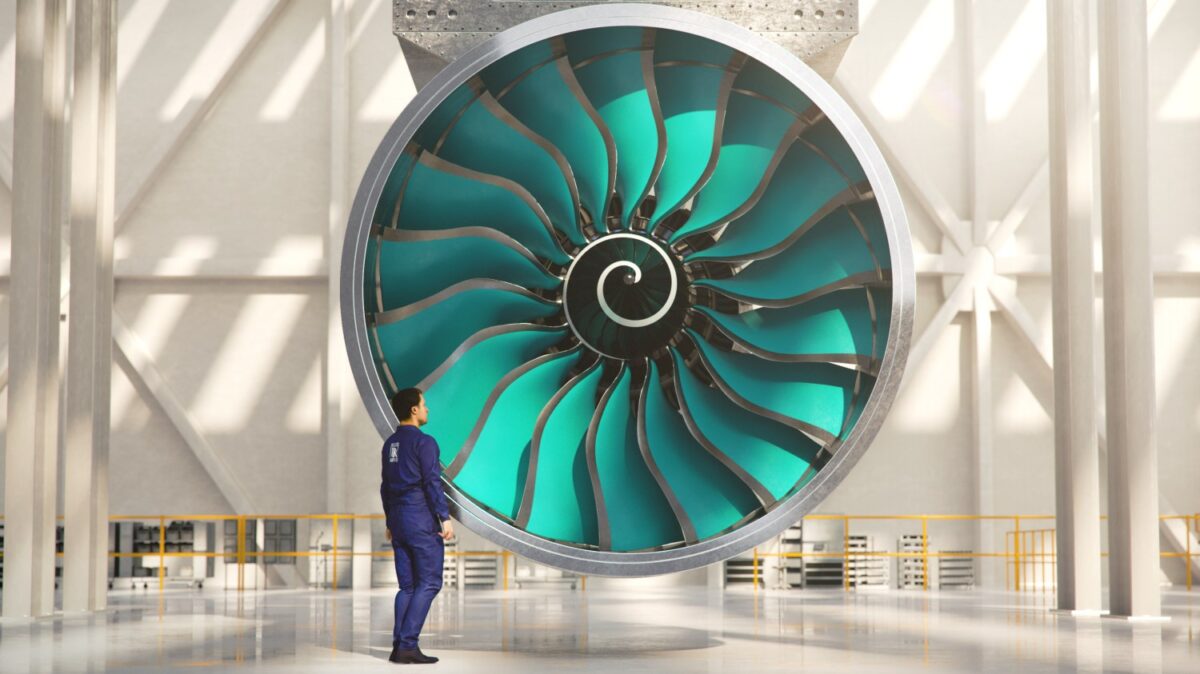
The company has been testing new engine technology with its UltraFan demonstrator, promising 25% fuel burn improvements on the first generation of Trent engines. Rolls-Royce doesn’t make narrowbody engines at present, but has indicated it may return to the market later, with reports of discussions with Airbus for a ‘shrink’ of the UltraFan for its next-generation single-aisle aircraft.

